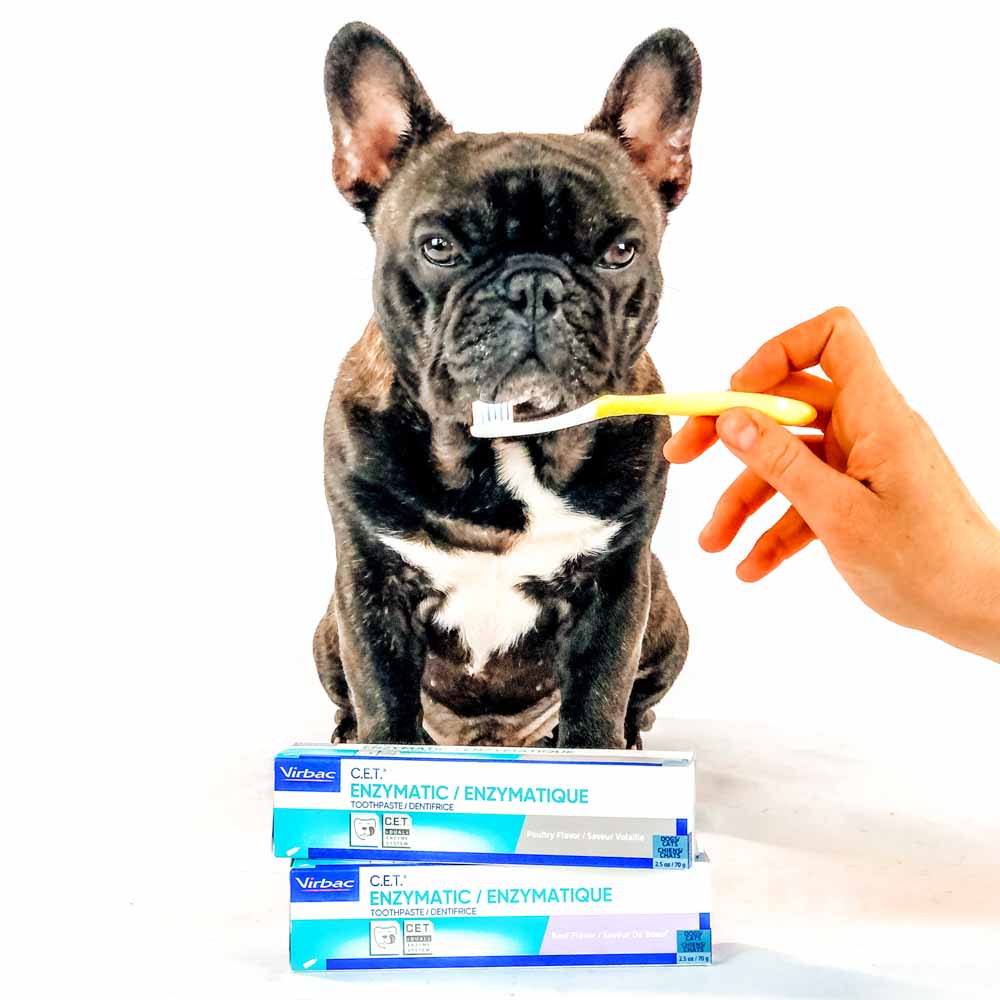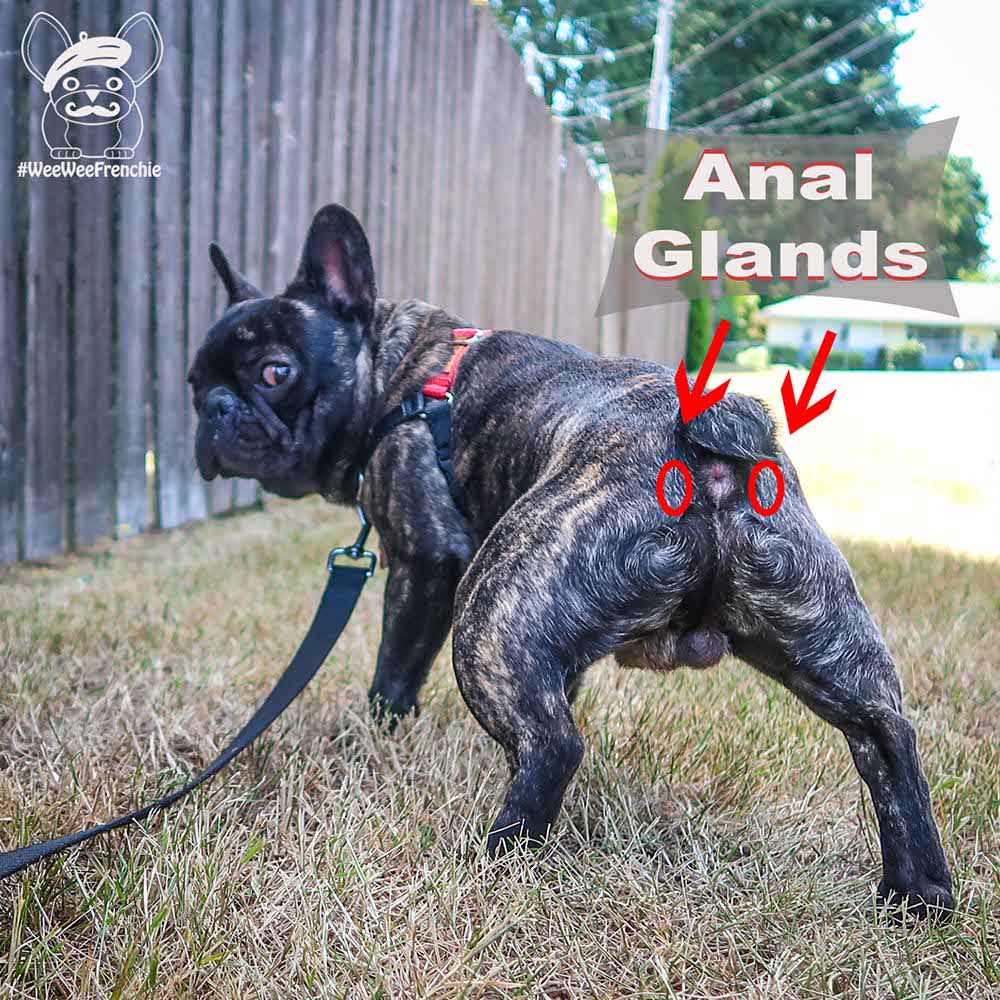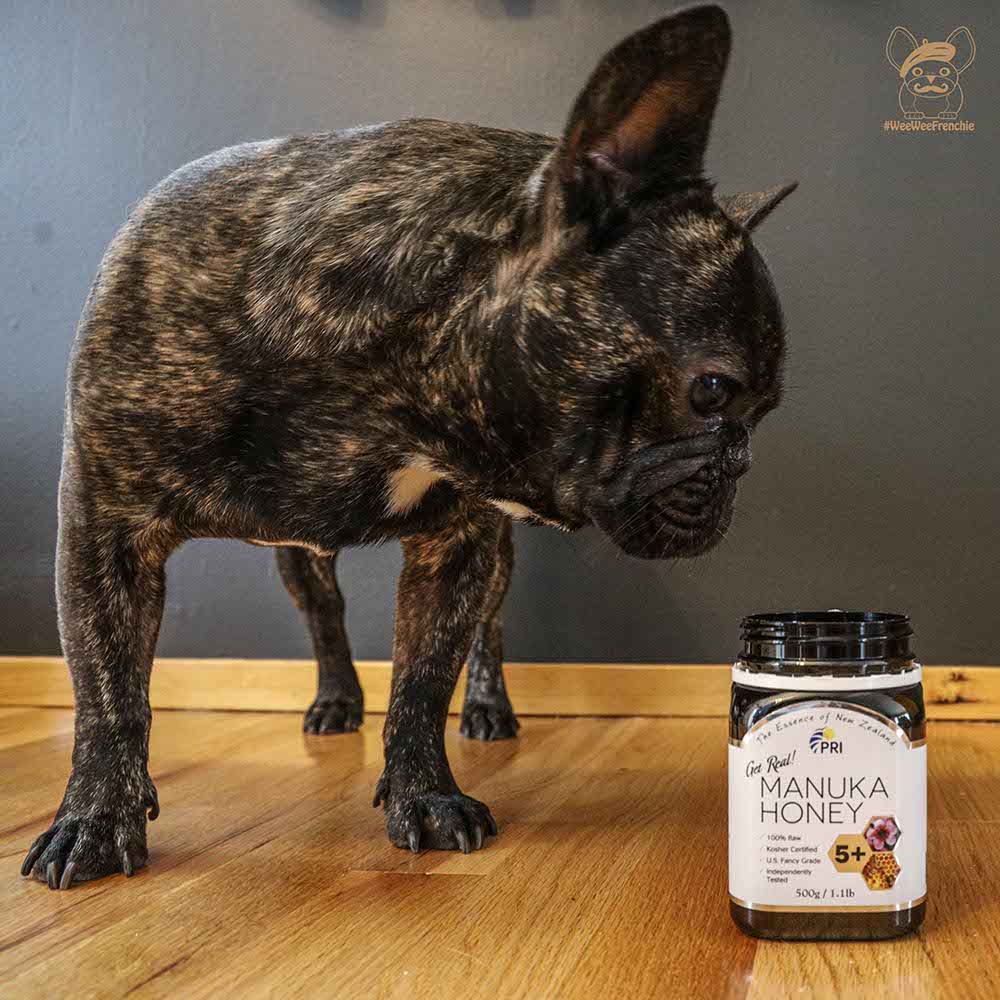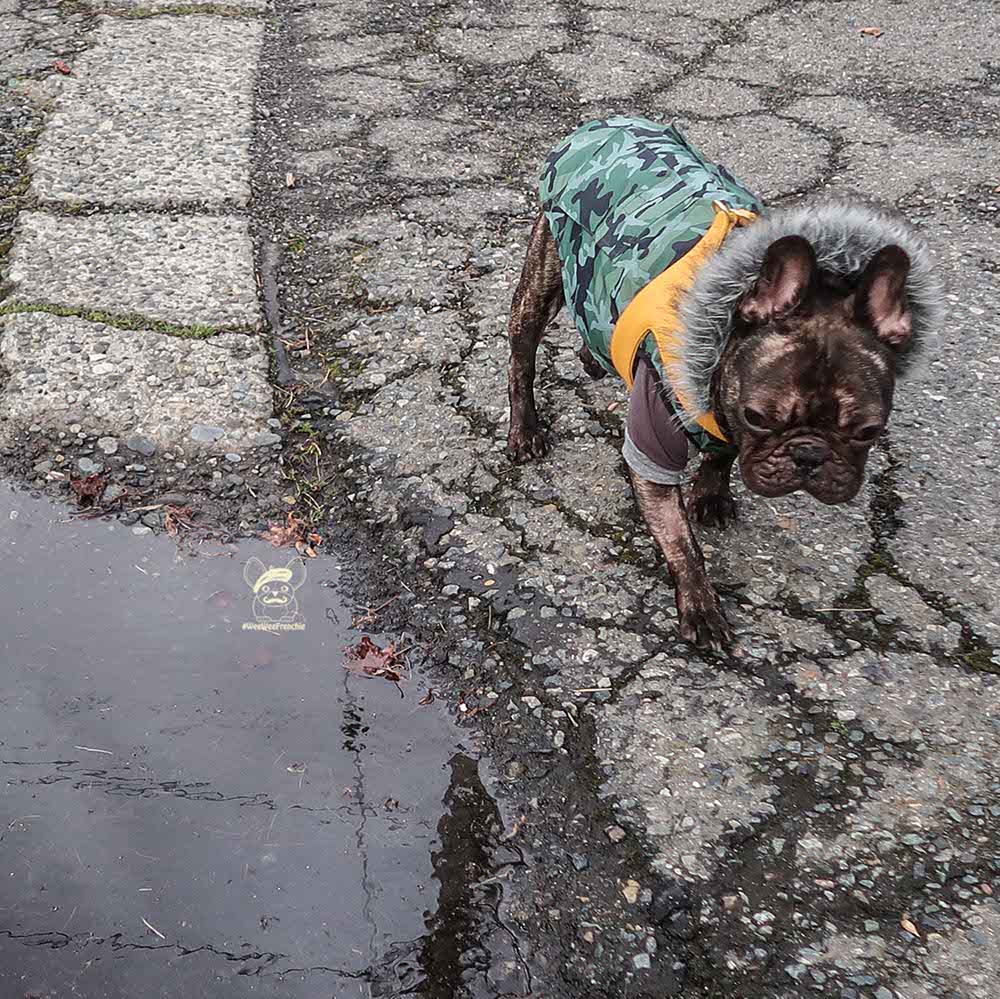Dog Flu
Even though it is springtime, canine influenza (flu) is taking it course. With the primary symptoms being cough, what do you need to know about dog flu?
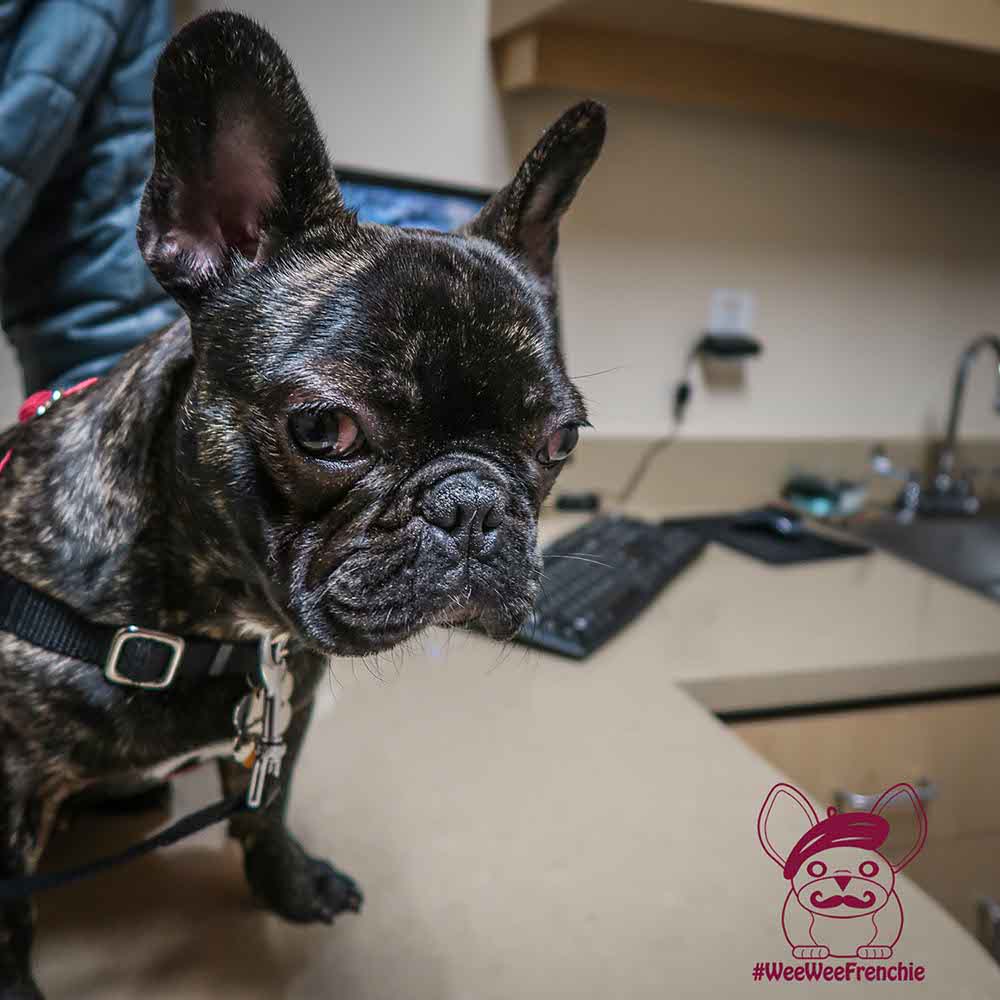
What is dog flu
There are many strands of viruses that can cause flu. Canine influenza is caused by Type A influenza viruses; H3N2 and H3N8. This virus was an avian flu virus that adapted over time to infect dogs and some cats (H3N2).
The virus is highly contagious among dogs. But no need to worry. Humans cannot get the flu virus from dogs.
Severity and symptoms of dog flu
Canine influenza can be very serious, since infection rates can be high. But the death rate is low among infected dogs.
Dogs can show no symptoms to severe symptoms. Symptoms can include eye discharge, runny nose, cough, fatigue, reduced appetite, or fever.
More serious illness usually presents as a secondary bacterial infection causing pneumonia-type illness. As with most illness, it has to run its course, usually lasting 2 - 3 weeks.

Susceptibility of illness
Dog flu is easier to catch when in large groups or enclosed areas. Shelters, kennels, or doggie daycare increases the risk for catching dog flu. Dog flu spreads by airborne respiratory secretions via coughing or sneezing.
A sick dog is best kept at home to limit spreading illness to other dogs. Wash clothes, hands, or any surface exposed to a sick dog. This limits viral transmission to other dogs.
Treatment
In the United States, there is a canine flu vaccine. It offers protection from both the H3N2 and H3N8 viruses.
If your dog gets sick with dog flu, you treat the symptoms. Pain relief and fluids can be given. But if your dog develops a bacterial infection, then antibiotics are prescribed.
Frenchies (and other short-snouted pups) can develop more serious illness due to their compromised airways. It is harder for these pups to recover from surgeries and infections. Getting the vaccination can lower the risk and severity of dog flu.
Influenza can be a serious illness in dogs. Care should always be taken to review your dog’s current health, as well as possible exposure. Prevention is always key to limit illness transmission. Make sure to discuss with your vet and decide what is right for your pup.
This blog is for informational purposes only. The information given should not be used as a substitute for veterinary evaluation.

